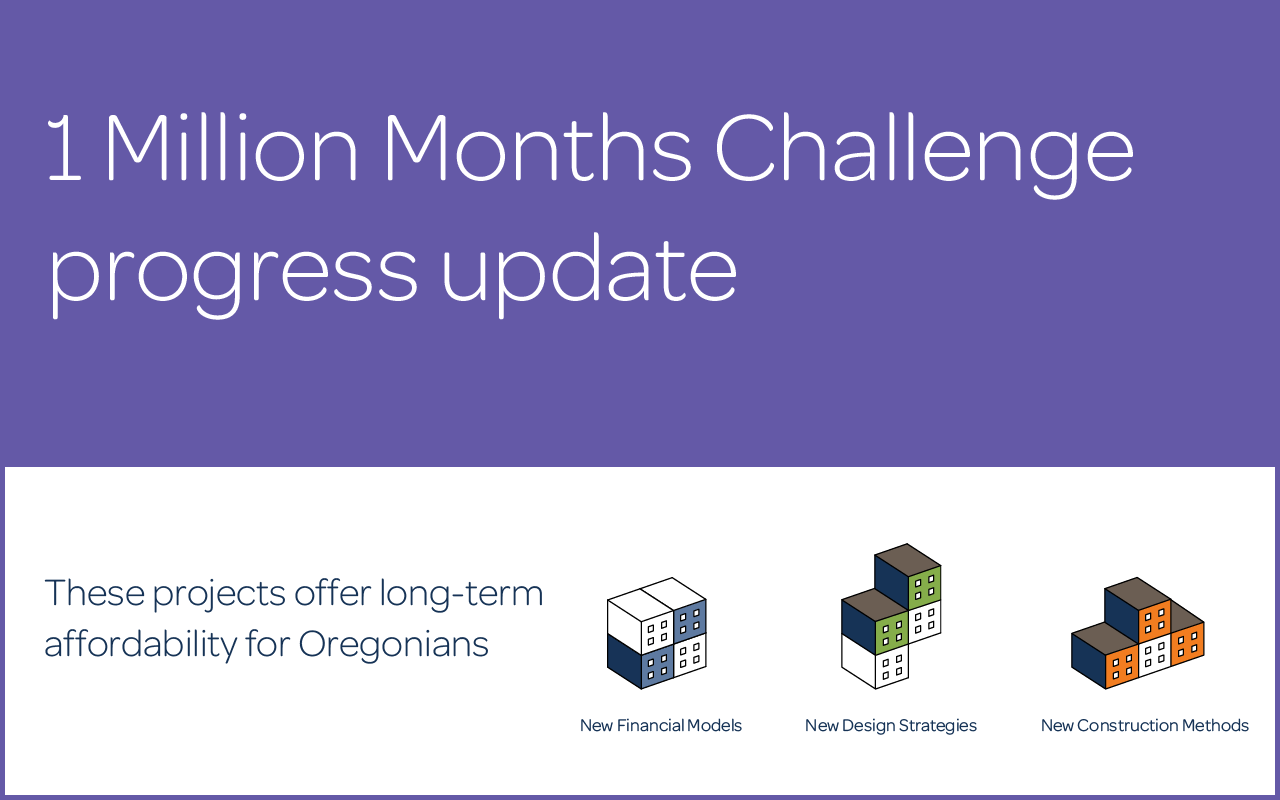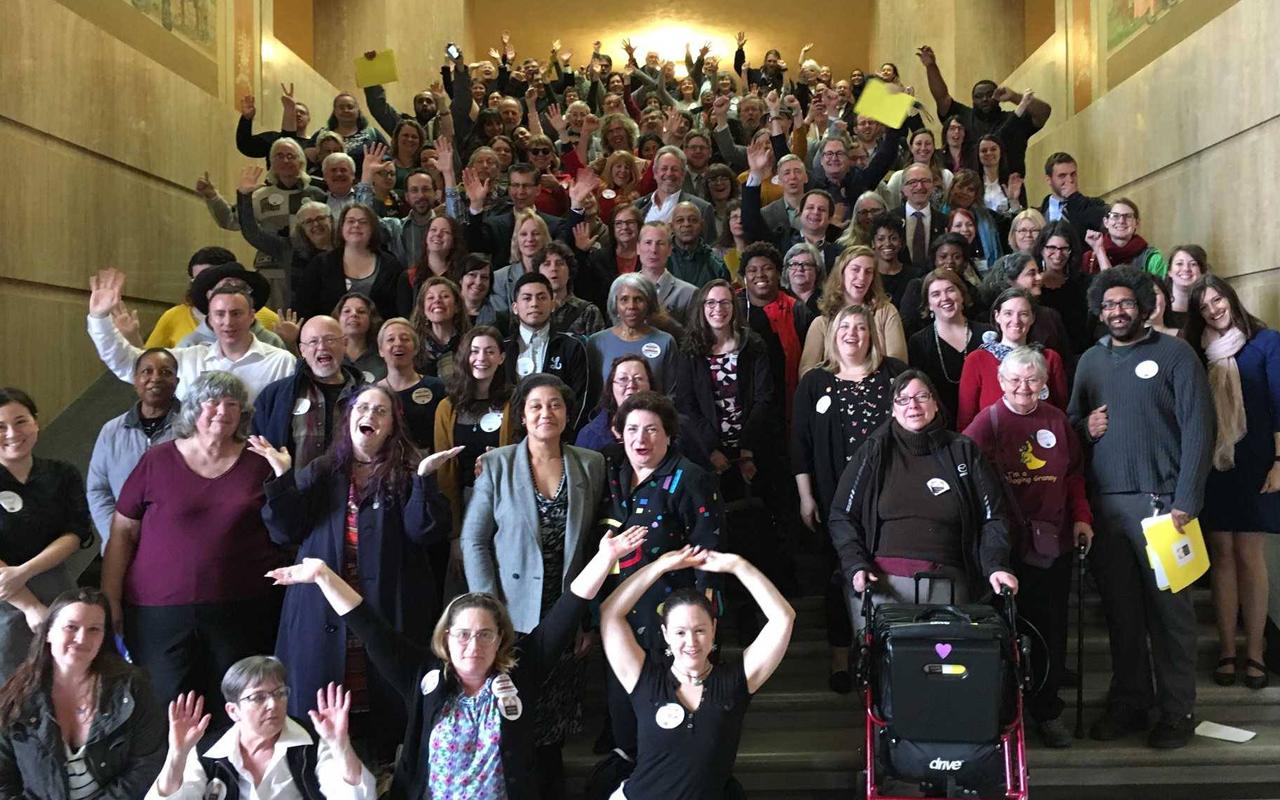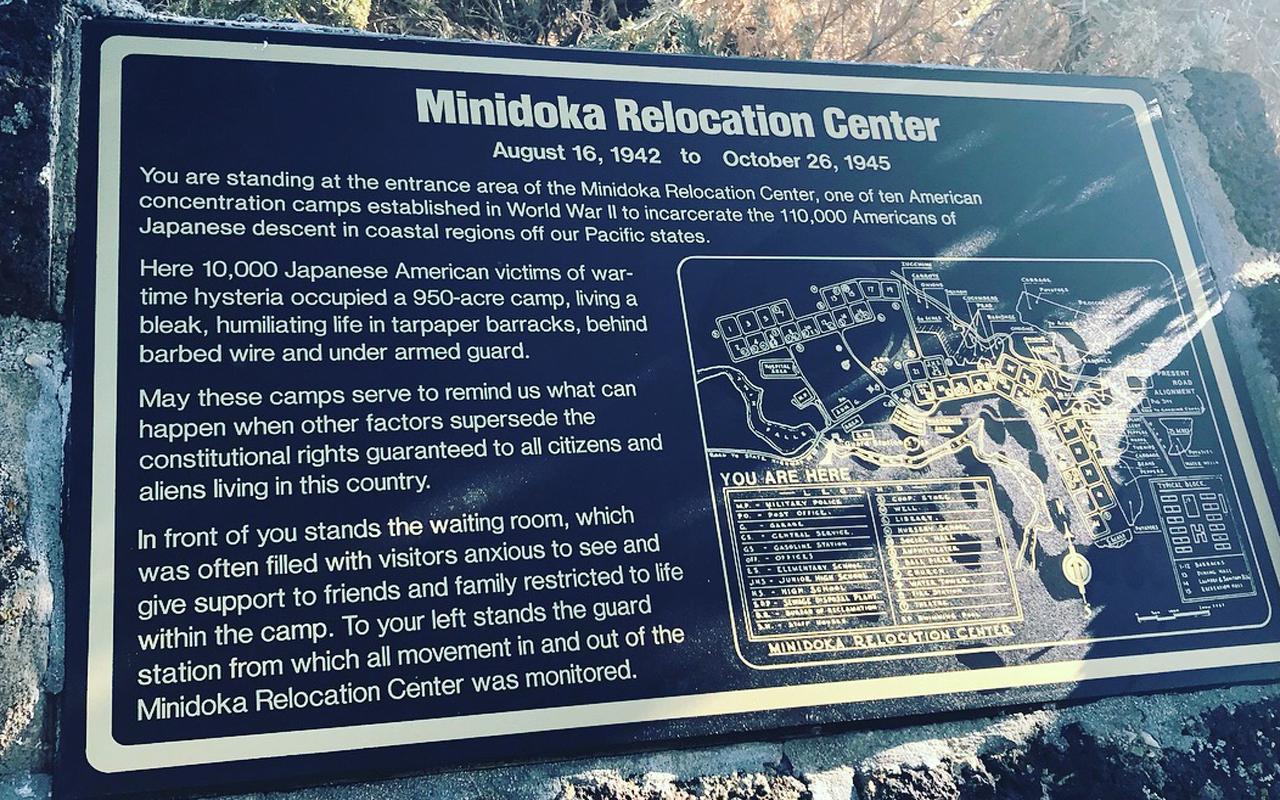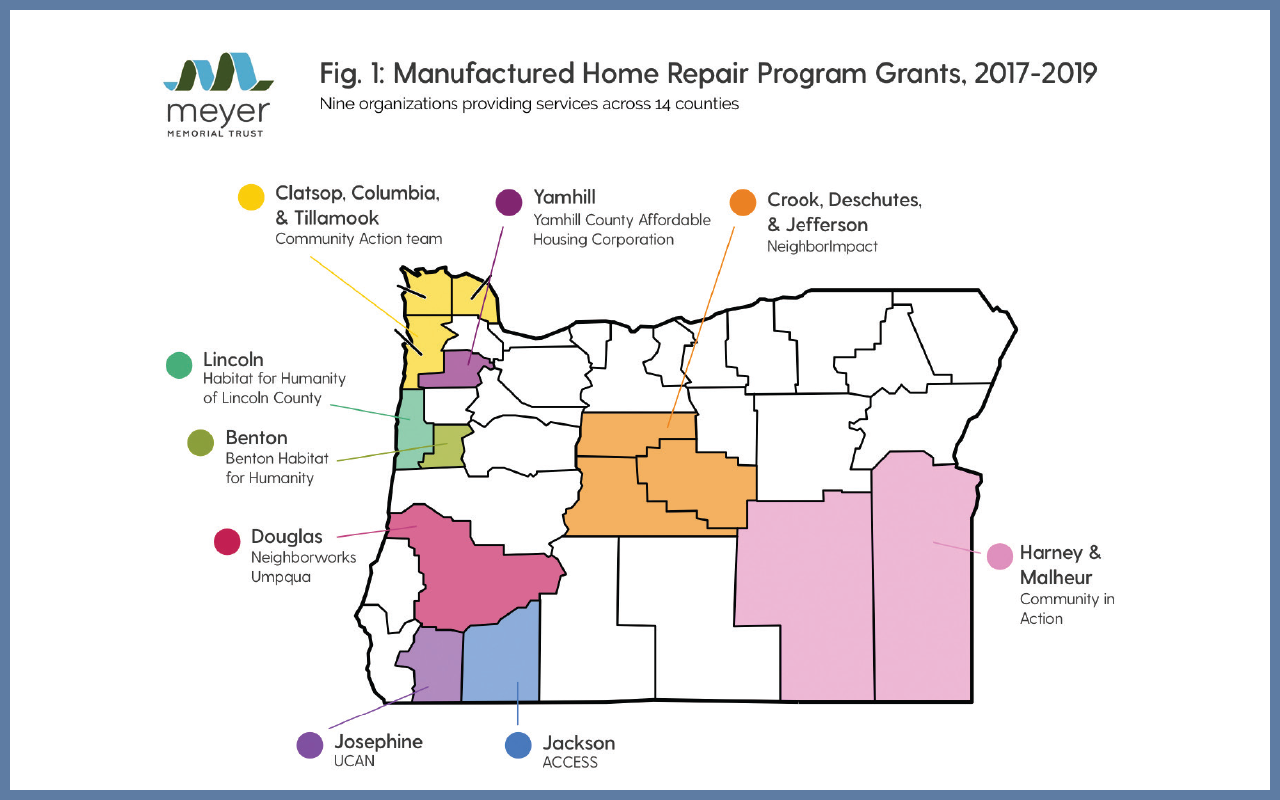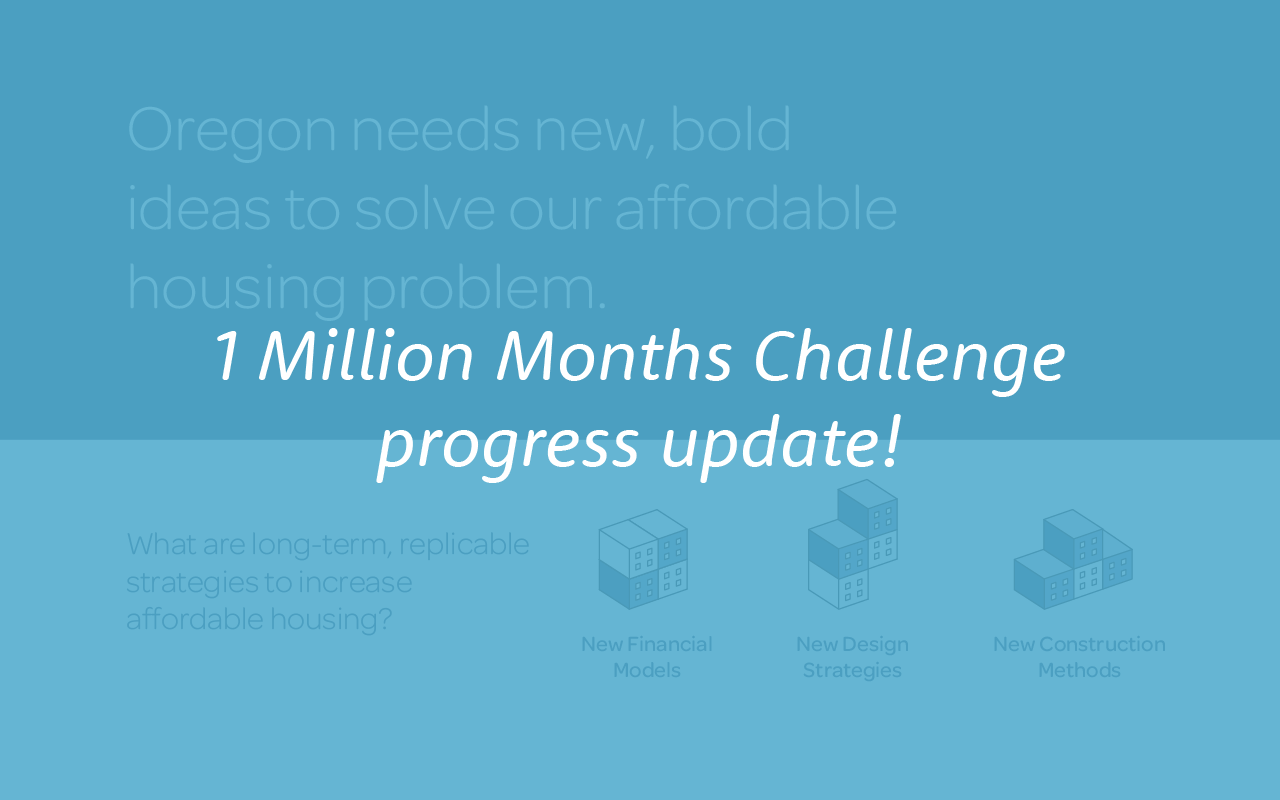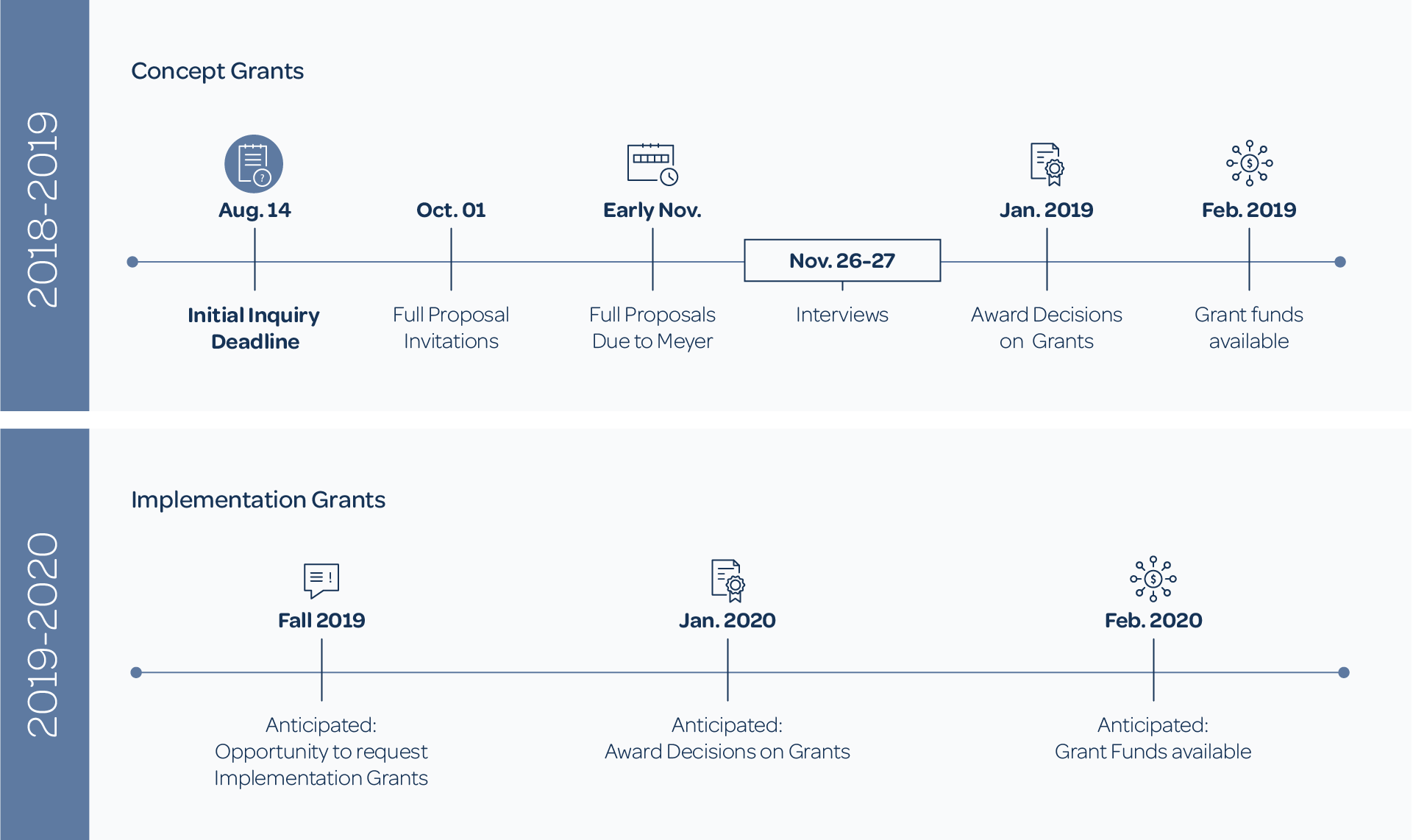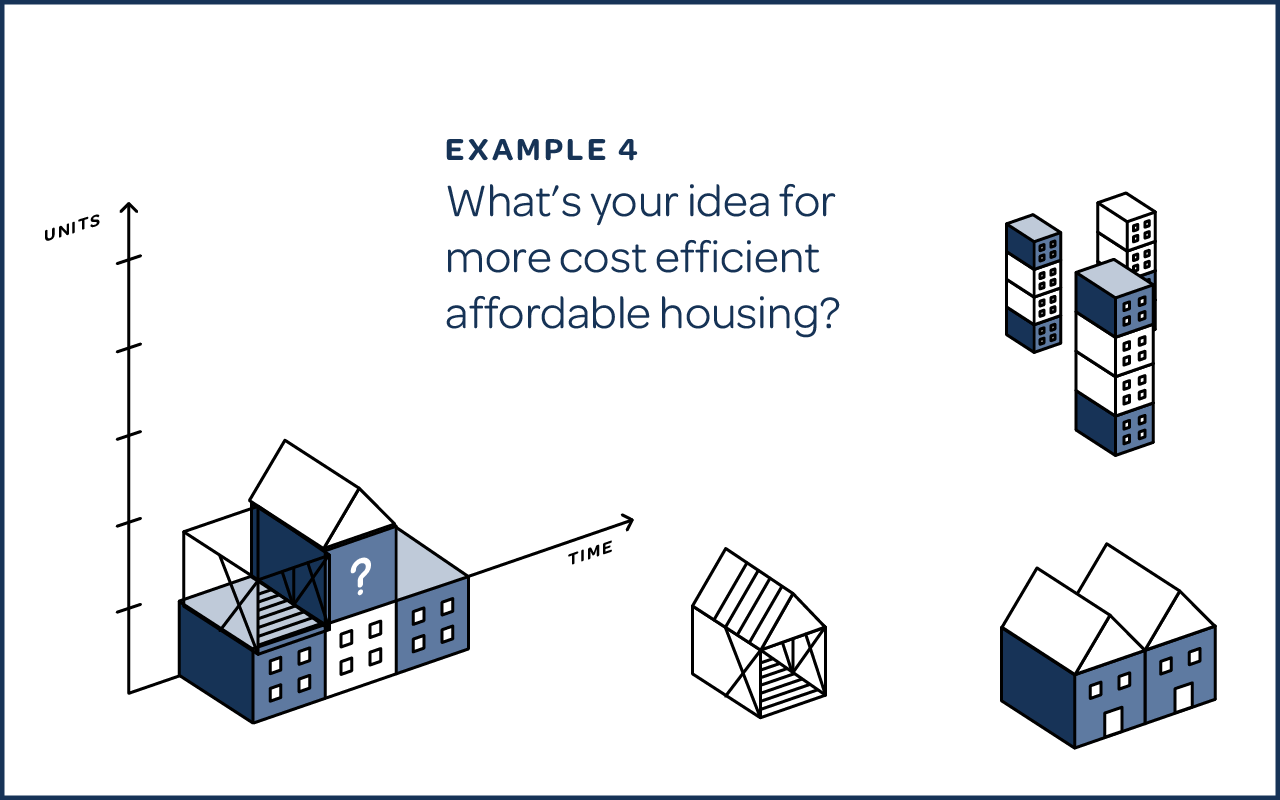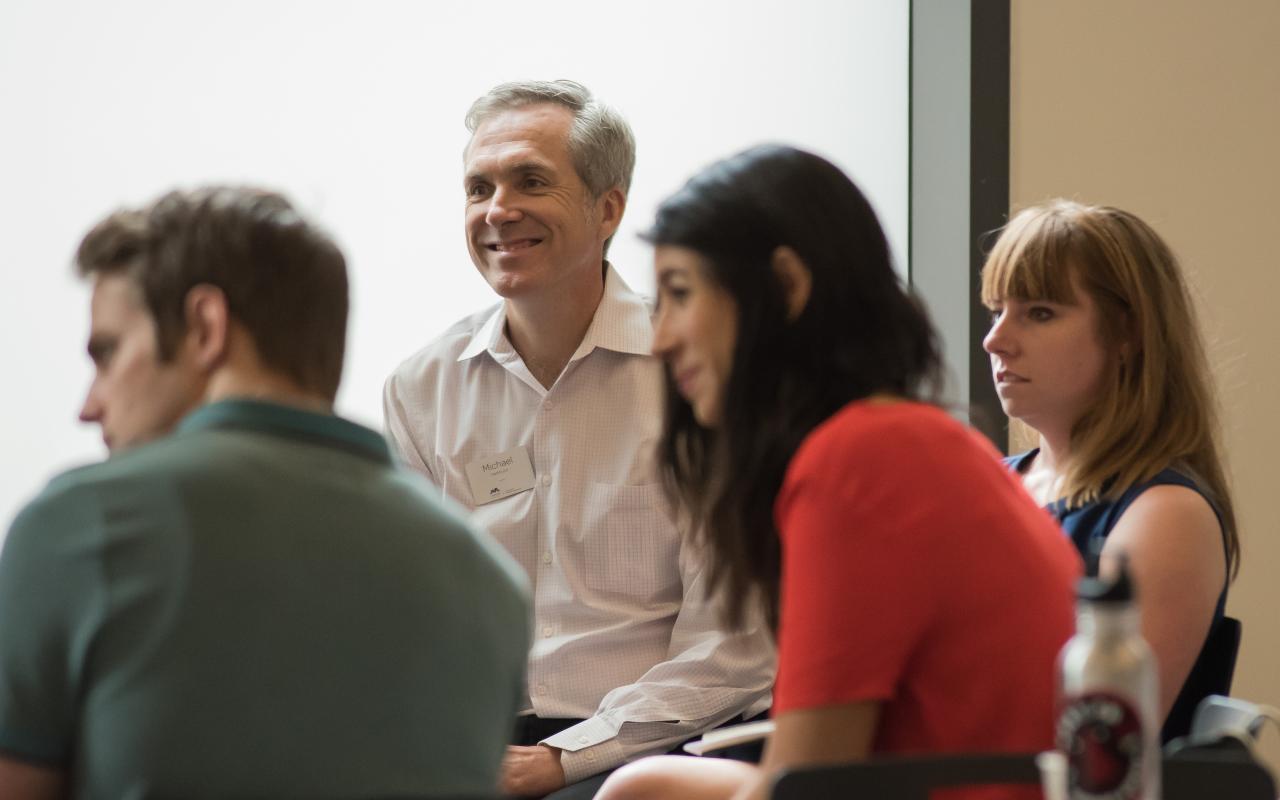Capitalizing on housing momentum
As our portfolio name suggests, it is indeed a time of Housing Opportunities across the state. Sizeable new funding resources, innovative public-private partnerships and passage of statewide tenant protection legislation are evidence of the impressive energy and creativity responding to housing challenges across the state. In this moment of great potential, Meyer’s Housing Opportunities portfolio is pleased to open its doors for our 2019 Annual Funding Opportunity.
This is the fourth Annual Funding Opportunity cycle since restructuring our grantmaking program. We continue to refine and (we hope!) clarify the process. The list below highlights those elements that are the same this year, followed by those that have changed.
What’s the same in the Annual Funding Opportunity?
1. Our overarching housing goals are essentially the same:
• Preserve and increase the number of affordable housing rental units for priority populations
• Support the housing stability and success of priority populations
• Foster stronger, more equitable and more effective affordable housing systems and strategies
We’ve tweaked the goal language here to reflect a focus on priority populations — the people who experience the impacts of historical and current racist and discriminatory housing practices. These impacts are widely felt by people of color, Indigenous communities and Tribes, as well as people with disabilities and other marginalized communities. To achieve our vision that every Oregonian has a stable, safe and affordable place to call home, we strive to focus on those who face the disproportionate impacts of housing discrimination and instability. More on that below.
2. Grant-funded work should connect to and advance the outcomes we’ve identified under the three goal areas. In addition to the nine outcomes offered last year, we have added three more. This chart provides a snapshot of the funding goals, outcomes, funding ranges and grant types to help you assess the best fit. The grant types and ranges are the same as last year. Don’t forget to take a look at the shorter list of what doesn’t fit well within the portfolio.
3. Applicants must demonstrate a commitment to ongoing growth through the integration of diversity, equity and inclusion (DEI) principles into both their external programming or services and internal structures and operations. We seek organizations that share our values and are making progress toward DEI integration.
As part of those DEI values, Meyer believes people experiencing housing challenges are experts on their own situations and key stakeholders in housing solutions. We seek to support work centering the lived experience and expertise of people benefitting from programs and also building the capacity of impacted communities that have faced systemic housing disparities to define and implement their own solutions to housing needs. (This ties to a new outcome around Community Influence.) We are more likely to fund projects that demonstrate meaningful involvement by the people with lived experience in defining the issues and solutions proposed.
4. General operating support grants face a high bar. As noted in our funding guidelines, we have heightened expectations from organizations that are awarded unrestricted operating support. First and foremost, they should be housing organizations (do a majority of their work in affordable housing) and strongly advance the core funding goals in our Housing Opportunities portfolio. Additionally, they should play a unique and/or important role in the field and have wider impact for the sector (e.g., as an intermediary, seen as a field leader in Oregon or nationally); demonstrate leadership for diversity, equity and inclusion (DEI) in the context of the communities where they work; and have DEI strategies as a meaningful part of their work plan for the grant period. Reach out if you have questions about whether to apply for this funding type.
5. The Annual Funding Opportunity continues to be a competitive process, with limited funding. In the past two funding cycles, the Housing Opportunities portfolio has funded about half of the proposals we received. This means we’ve had to turn down many solid proposals. We also expect the 2019 Annual Funding Opportunity to have robust demand, due in part to the fact that the Housing Opportunities portfolio will not be offering other Requests for Proposals (RFPs) this year. Moreover, our funding amount for 2019 is smaller ($3.5 million, compared with $3.9 million last year).
What has changed in the Annual Funding Opportunity?
- The application process will be open for four weeks instead of five. The application period opens Monday, April 15, this year and will stay open for a month, closing at 5 p.m. Wednesday, May 15, 2019.
- In lieu of multiple information sessions around the state, the Housing Opportunities portfolio is offering an on-demand webinar on our website. Potential applicants are encouraged to watch the webinar and review the online resources. Those with specific questions can then email questions [at] mmt.org (questions[at]mmt[dot]org) to sign up for a 20-minute phone consultation with a member of the housing team. We want to spend more time giving personalized and concentrated feedback to applicants and less time in big, general sessions or travel.
- We’re trying a one-step application process this year. We heard from many of you that the initial application in our two-step application was much more intense than a typical “letter of inquiry.” This year, we’re going to try a one-step application that looks fairly similar to the questions asked last year. By combining the inquiry application and the full application, we hope for less duplication of content. By early July, we will notify applicants who are invited to move forward in our process. For selected organizations, due diligence will look pretty similar to our previous process with one exception: We will prioritize in-person site visits for newer organizations or complex projects. Applicants who have had recent site visits may only receive a follow up via phone conference.
- Income of people served will be a factor but not the most prominent factor in our analysis. In the past three years, we have asked all housing projects if they intend to serve people living with low-incomes (at or below 60% AMI). This year, the emphasis is on serving the priority populations who have experienced historical and current housing discrimination. Applicants should understand historical and current racist and discriminatory housing practices that have created disparities and focus their work to eliminate those disparities.
Time and again, we have seen that having a “one size fits all” approach to solving housing instability tends to be less successful than projects that use strategies designed with community input, tailored to the needs of a specific group of people. Foremost, we want to know how your project is designed to serve the needs of priority populations. The language of our goals was revised to connect all of the outcomes to the priority populations. More information on the priority populations can be found in our webinar.
Additional resources
Want more information about what we look for? We’ve gathered a set of Applicant Resources, with everything from building a budget to understanding our definition of collaborations and learning more about diversity, equity and inclusion. You are encouraged to review those resources as you prepare your proposal.
Final thoughts
Your work inspires us every day. Your efforts to serve the person in front of you, while keeping an eye on the larger systems-level changes needed to address housing discrimination and disparities. You push for new tools and resources to bring housing stability to more Oregonians and then figure out how to align resources and efforts for maximum impact. We hope to be the thought-partners and funders that you need to bolster your efforts.
Yours in partnership,
—Theresa
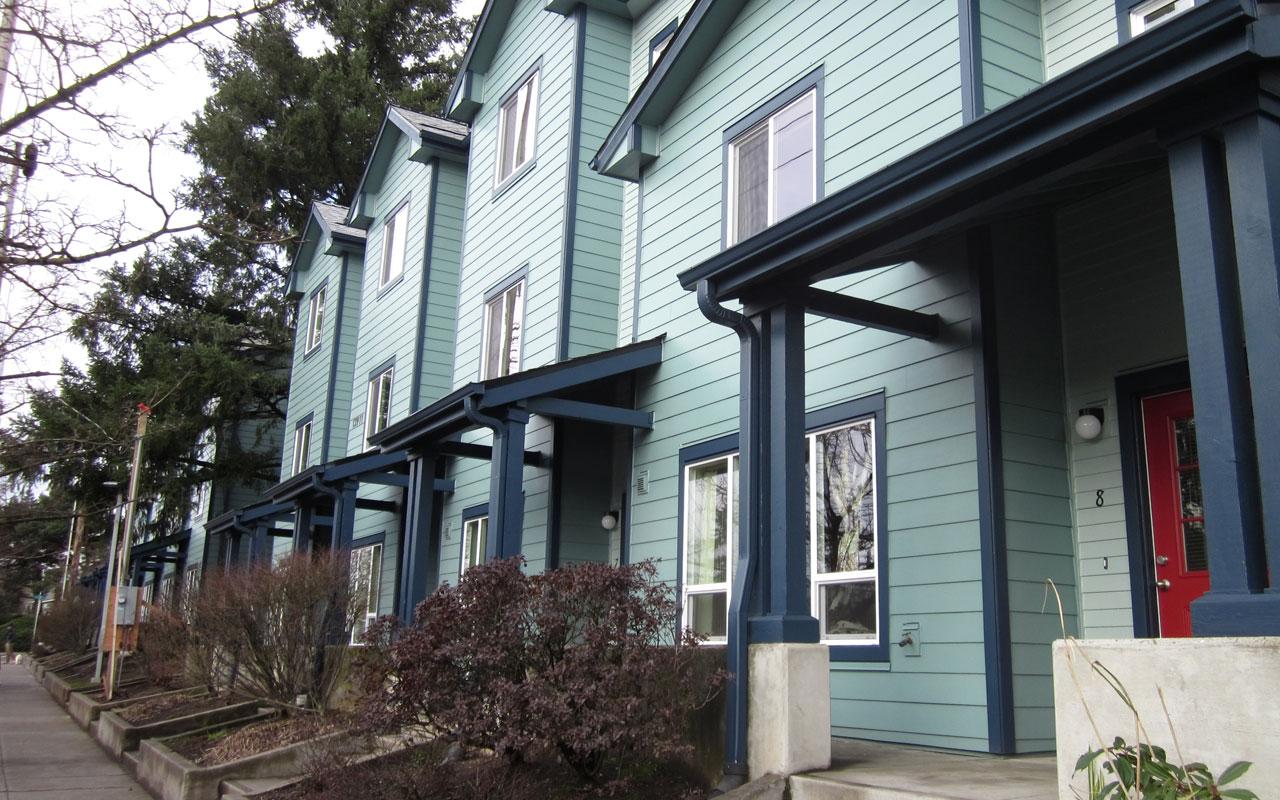
The exterior of Carolyn Gardens in Southeast Portland. Photo source: Human Solutions

